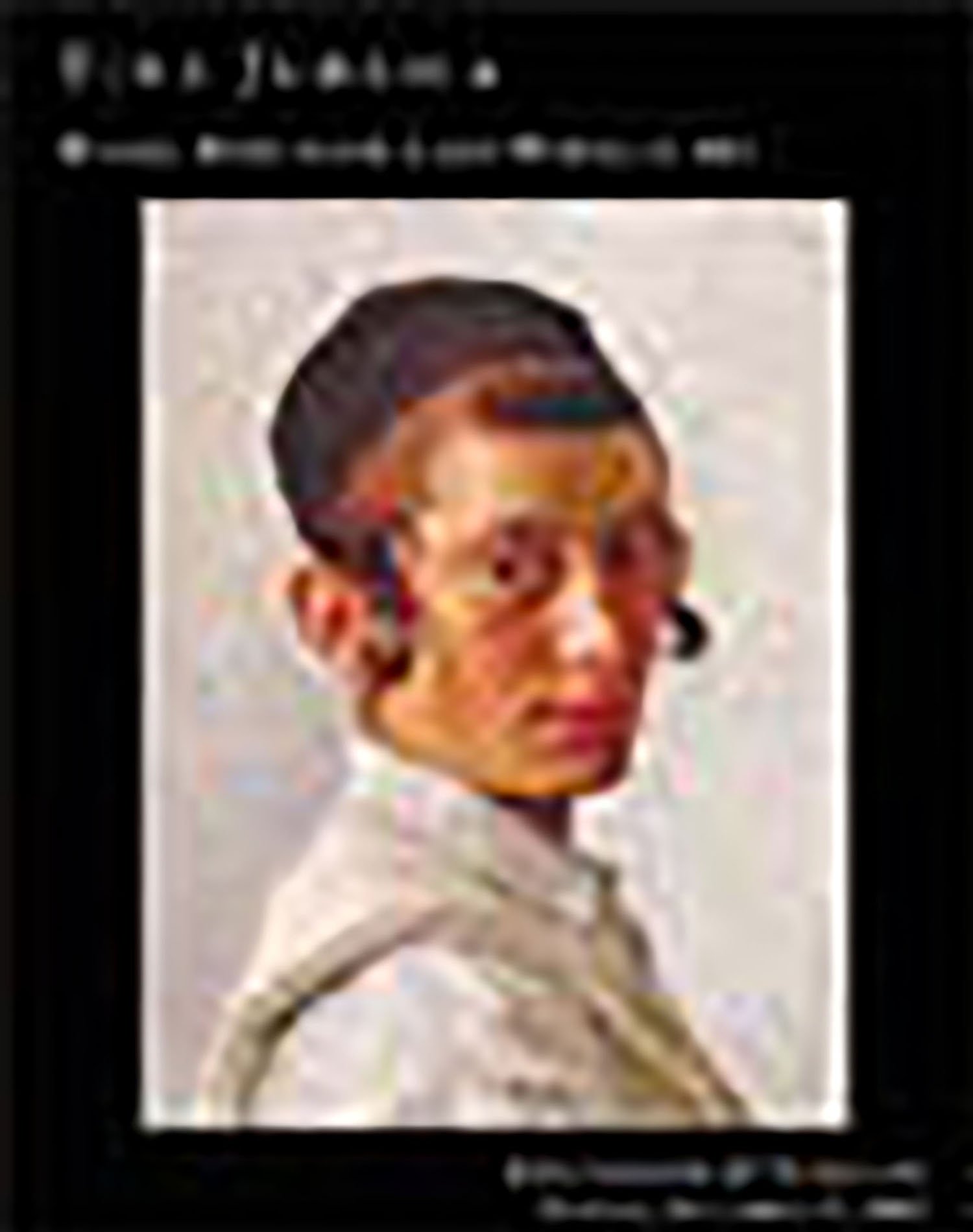(JERUSALEM)

AUCTION 17 |
Tuesday, November 12th,
2002 at 1:00
Fine Judaica: Printed Books, Manuscripts and Works of Graphic and Ceremonial Art From Various Owners
Lot 234
(JERUSALEM)
v.p. : v.d.
Est: $8,000 - $10,000
PRICE REALIZED $11,000
This exceptionally rare book presents a personal account of the havoc wrought by the tyrant Mohammed ibn Farouk, during his reign of terror over the City of Jerusalem in the years 1625-6.
With an army of mercenaries, Ibn Farouk, a Bedouin sheikh, arrived in Jerusalem toward the end of Teveth (January) 1625 and declared himself absolute ruler. Written in poetic prose, the anonymous work recounts the tremendous sums of money extorted by ibn Farouk from the Jewish community during the ensuing year and a half-of-tyranny.
Following an audacious and ultimately fatal assault upon the Sultan himself, according to the narrative, on the night of 12th Kislev 1626, Farouk allegedly had a dream in which the Biblical King David appeared and warned Farouk fe would die if he resided in Jerusalem even a single night further. Farouk deserted the city before morning and nothing more is known of him.
For a full account of Farouk’s rise and fall see D. Rossoff, Where Heaven Touches Earth - Jewish Life in Jerusalem from Medieval Times to the Present (1998) pp.56-64.
However, in the aftermath of the tyranny, the impoverished Jewish community of Jerusalem were burdened with heavy debts weightydue to the significant taxes and ransom demands imposed on them during Farouk’s reign. Forced to borrow money from Arab neighbors at extravagant rates of interest, the Jewish community of Jerusalem were forced to send emissaries to the Diaspora to collect funds. These emissaries travelled to the Jewish communities in the Italian states, Bohemia, Netherlands, Poland, Austria and even to the Greek Islands. It is in this context that the present work came to be.
As an emissary to the Venetian States, the anonymous author of Chorvoth Yerushalayim, printed his emotive chronicle of the tragic period in an effort to encourage the Jews of the Diaspora to ease the financial plight of the Jews of Jerusalem. Resembling the Scroll of Esther in its linguistic style and dramatic construction, Chorvoth Yerushalayim was no doubt intended to present a contemporary “Purim Story” of salvation from the decrees of a wicked tyrant.
The work carries the approval of the Rabbis of Jerusalem and in turn, is endorsed by the Rabbinate of Venice, including R. Aaron ben Moses ibn Mochir, Jacob Romano, Judah Aryeh Modena and Azariah Figo. The work also contains a narrative by scholars who were forced to flee Jerusalem due to personal danger. Among whom was the She’lah Ha’kodesh, R. Isaiah Horowitz, who left Jerusalem for Safed under threat of capture and imprisonment by Farouk.
The identity of the author of Chorvoth Yerushalayim has eluded bibliographers and scholars. Neither Yaari in Shluchei Eretz Israel, nor Rivlin in his introduction to the annotated edition were able to determine who the author was. Eliezer Rivlin, born in Jerusalem in 1889 to one of the old established families of Jerusalem was an historian and journalist who published a number of studies on the history of the Jewish settlement in Eretz Israel.
The work has appeared for sale at public auction only once in the past thirty years, see: Sotheby’s, London, The Sassoon Collection of Highly Important Hebrew Printed Books, June 30th, 1970, Lot 51
